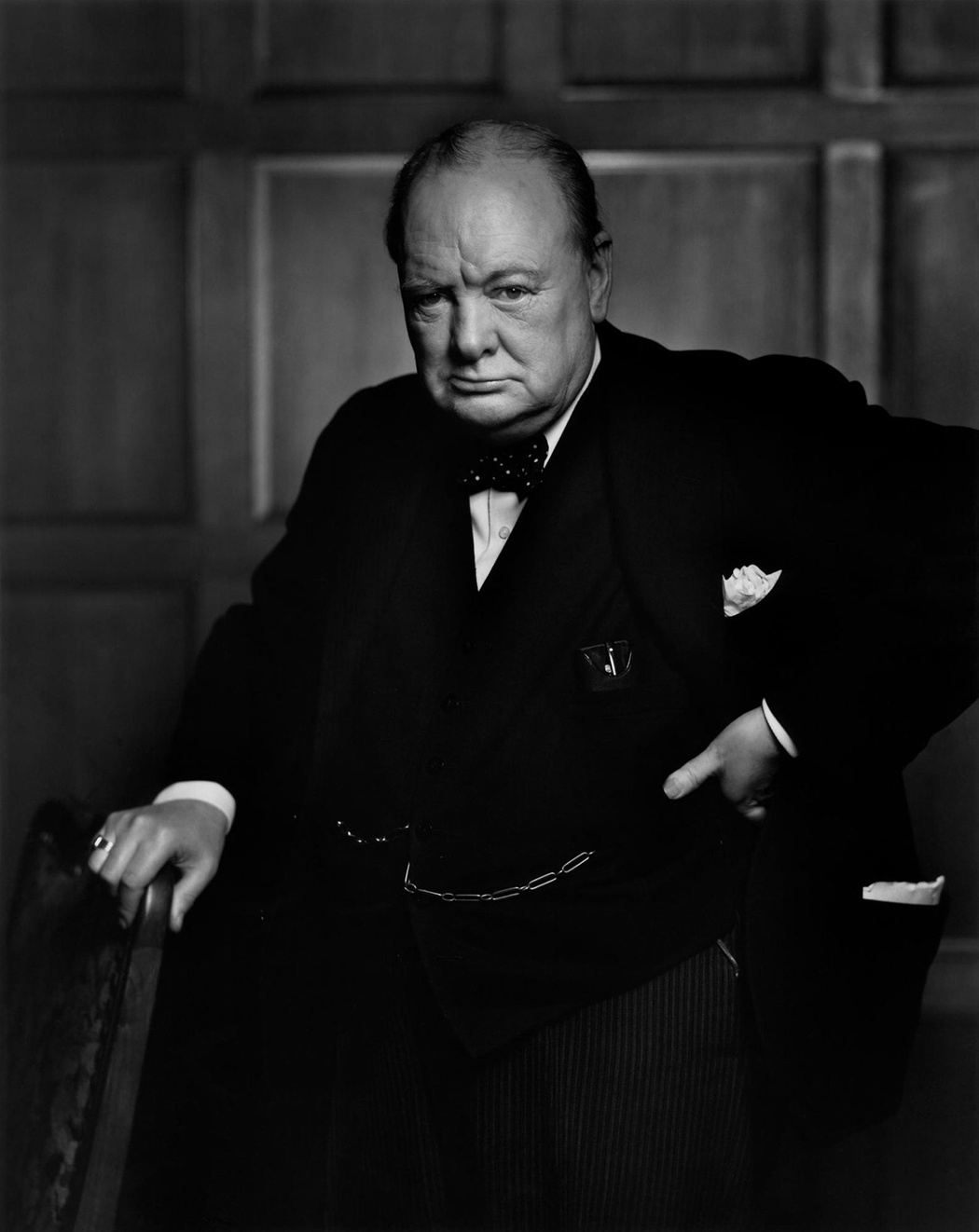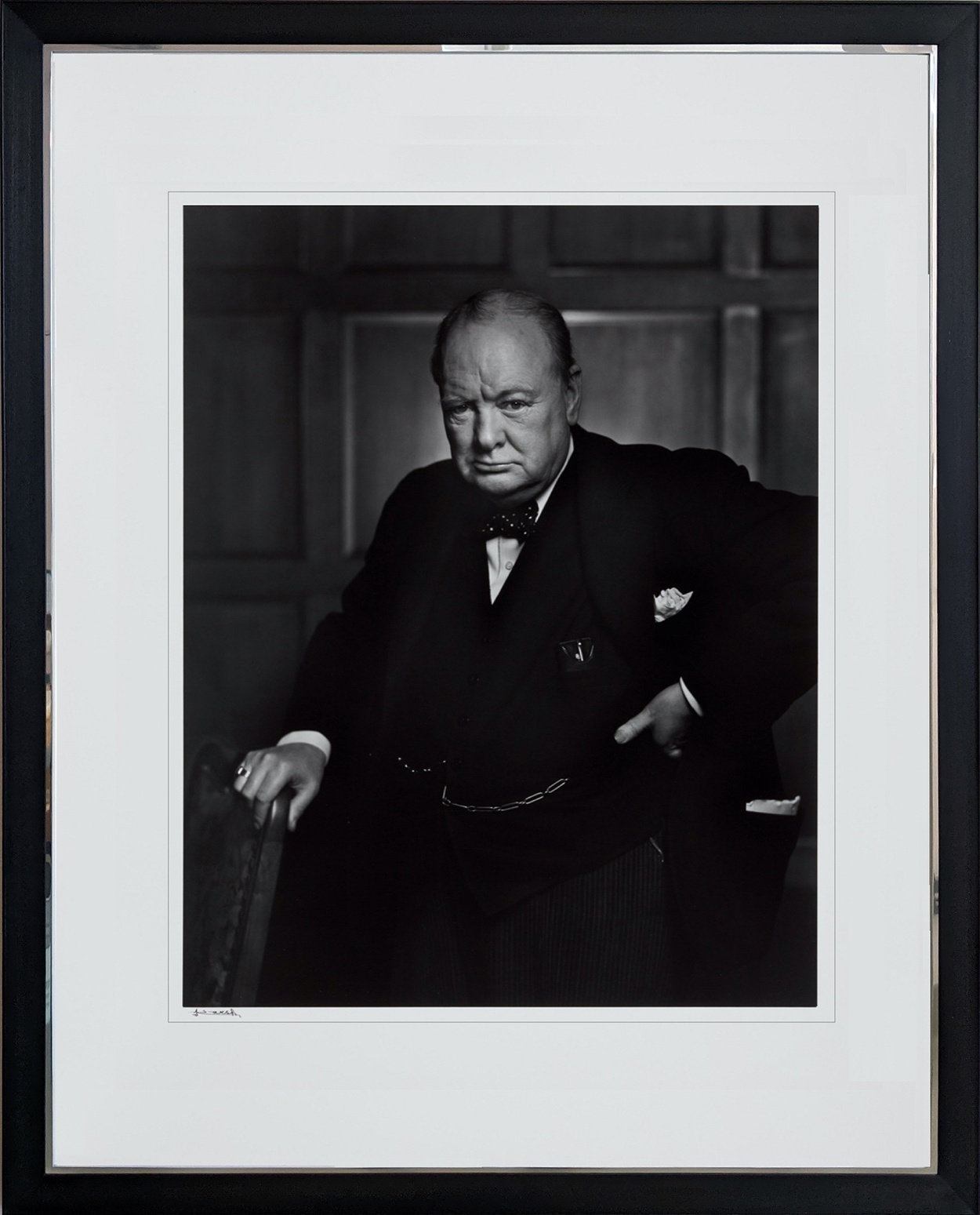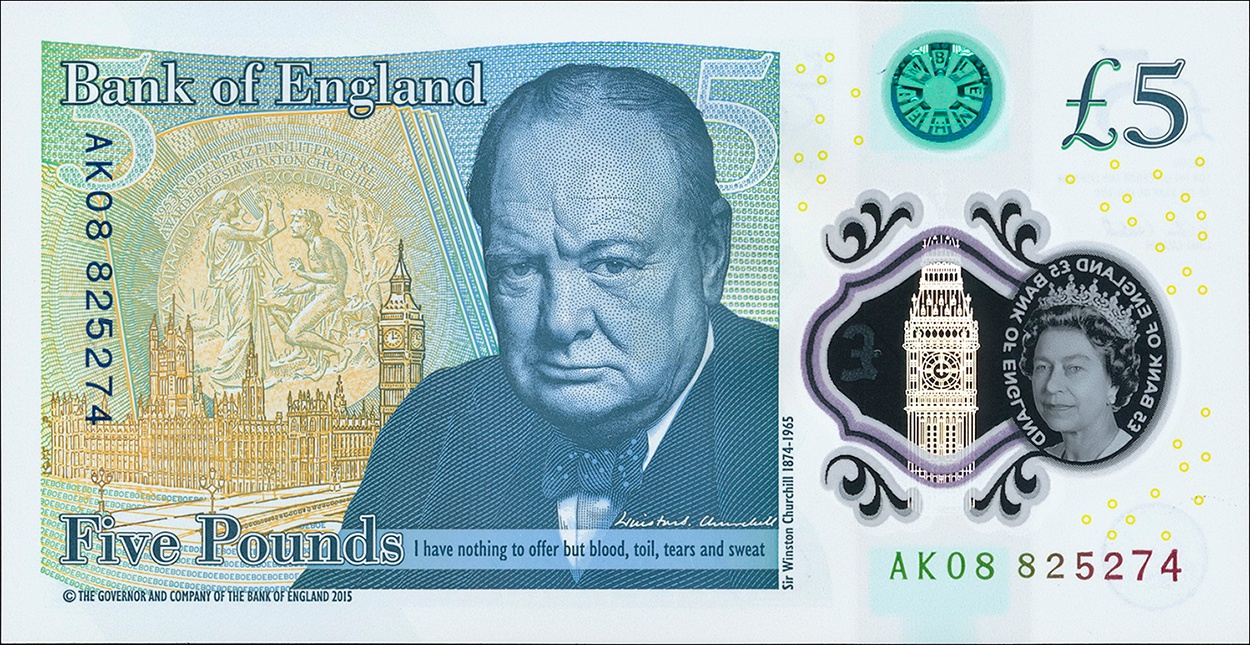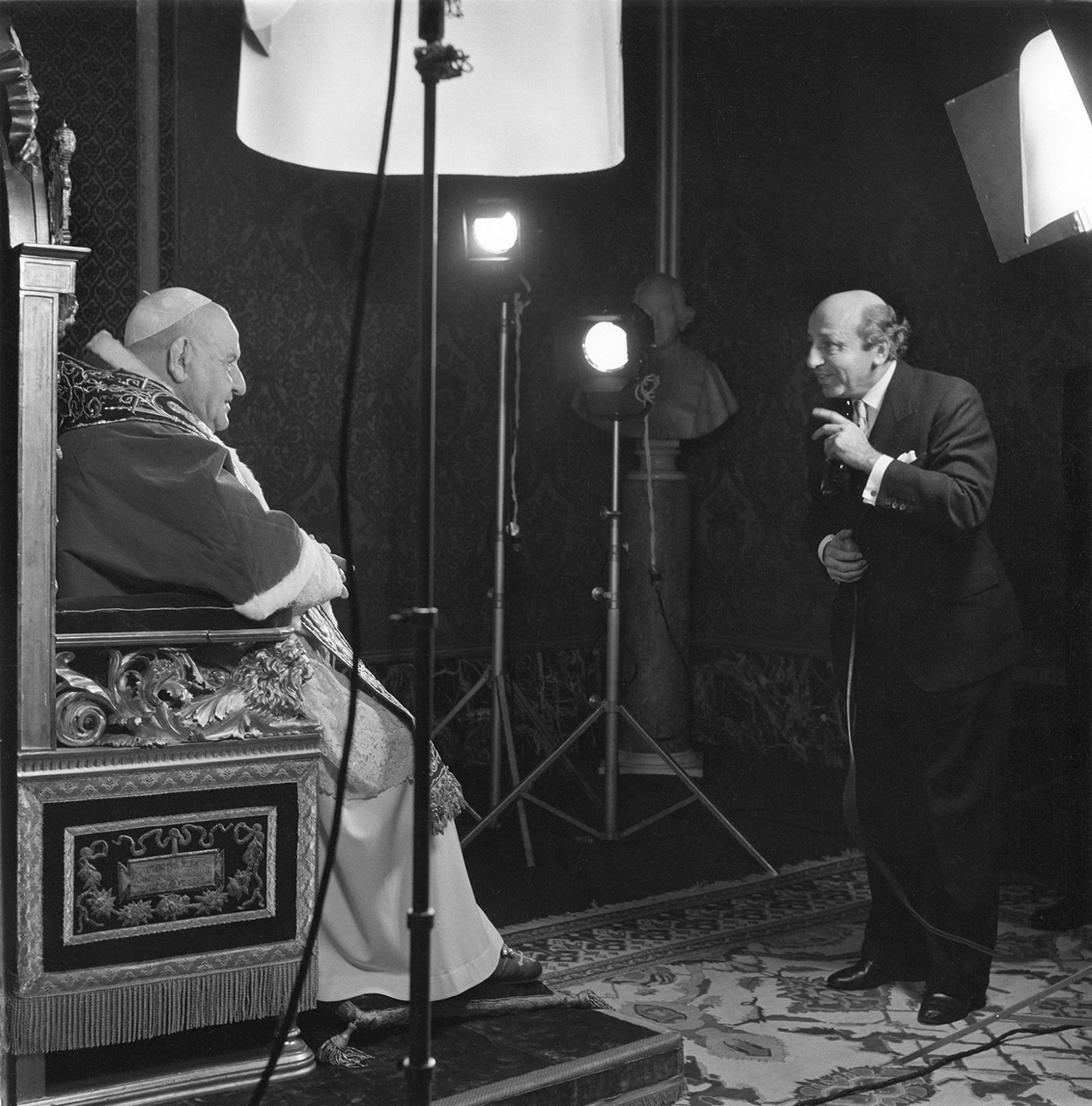
I am pleased to present an opportunity to acquire a very famous print The Roaring Lion, Winston Churchill, 1941 by Yousuf Karsh (1908-2002), an Armenian-Canadian photographer known for taking the definitive portraits of the men and women who shaped the twentieth century. This iconic photograph is widely regarded as one of the most important portraits in the history of photography. Read on to hear the amusing story behind this famous photograph, along with details of this rare signed print which is offered for sale in very fine condition.

"THE ROARING LION", WINSTON CHURCHILL 1941
Photograph by Yousuf Karsh (1908-2002)
20x24" (51x61cm) Silver Gelatin Print
Signed In Ink On Lower Left Margin
Bespoke Black Frame & Museum Art Glass
£58,000 + VAT | BUY
The photograph was made on December 30, 1941 when Karsh photographed the great wartime leaders in the House of Commons, in Ottawa after Churchill delivered his “Some chicken, some neck” speech on World War II to Canadian members of parliament. Churchill is particularly noted for his posture and facial expression, likened to the wartime feelings that prevailed in Britain – persistence in the face of an all-conquering enemy. The photo session was only to last 2 minutes. Karsh asked the Prime Minister to put down his cigar, as the smoke would interfere with the image. Churchill refused, so just before taking the photograph, Karsh quickly moved toward the Prime Minister and said “Forgive me, Sir” while snatching the cigar from his subject’s mouth. Karsh said, “By the time I got back to the camera, he looked so belligerent, he could have devoured me.” His scowl has been compared to “a fierce glare as if confronting the enemy.” Following the taking of the photograph, Churchill stated, “You can even make a roaring lion stand still to be photographed” thus giving the photograph its notable name.
“Within every man and woman, a secret is hidden, and as a photographer it is my task to reveal it if I can. The revelation, if it comes at all, will come in a small fraction of a second with an unconscious gesture, a gleam of the eye, a brief lifting of the mask that all humans wear to conceal their innermost selves from the world.” Yousuf Karsh

A second photograph from the same shoot actually shows Churchill with a wry smile, as he comes around to the fact that somebody was so audacious to do such a thing.
CLICK FOR MORE ICONIC WORKS BY YOUSUF KARSH

Signed prints of Karsh’s portrait of Churchill in 1941 were produced as silver gelatin prints from his studio. They were signed as “© Y Karsh Ottawa” in white marker in the lower left or lower right corner. This later changed to Karsh signing in ink on one of the lower corners of the white border surrounding the photograph. The original negatives of Karsh’s work were donated by his estate to the Library and Archives Canada in 1992, and since then, copies taken from the original negatives have not been allowed. Since 2013, Karsh’s 1941 portrait of Churchill has appeared on the £5 note issued by the Bank of England.

YOUSUF KARSH PHOTOGRAPHING POPE JOHN XXIII IN 1959
Yousuf Karsh (1908-2002) was an Armenian-Canadian photographer famous for taking the definitive portraits of the men and women who shaped the twentieth century, and in particular his portrait of Winston Churchill in 1941, which is one of the most widely reproduced photographs in the history of photography. Karsh belongs to that small elite group of artists whose work has not only affected our perception of people and ideas, but also helped to influence the course of history. The publication of his famous portrait of a 67-year old Winston Churchill, dubbed The Roaring Lion, on the cover of Life Magazine in 1942 is generally accepted as having played a large part in diverting the attention of the American public to the plight of Britain, and convincing them of Britain’s fighting spirit and determination to survive. Read more here.